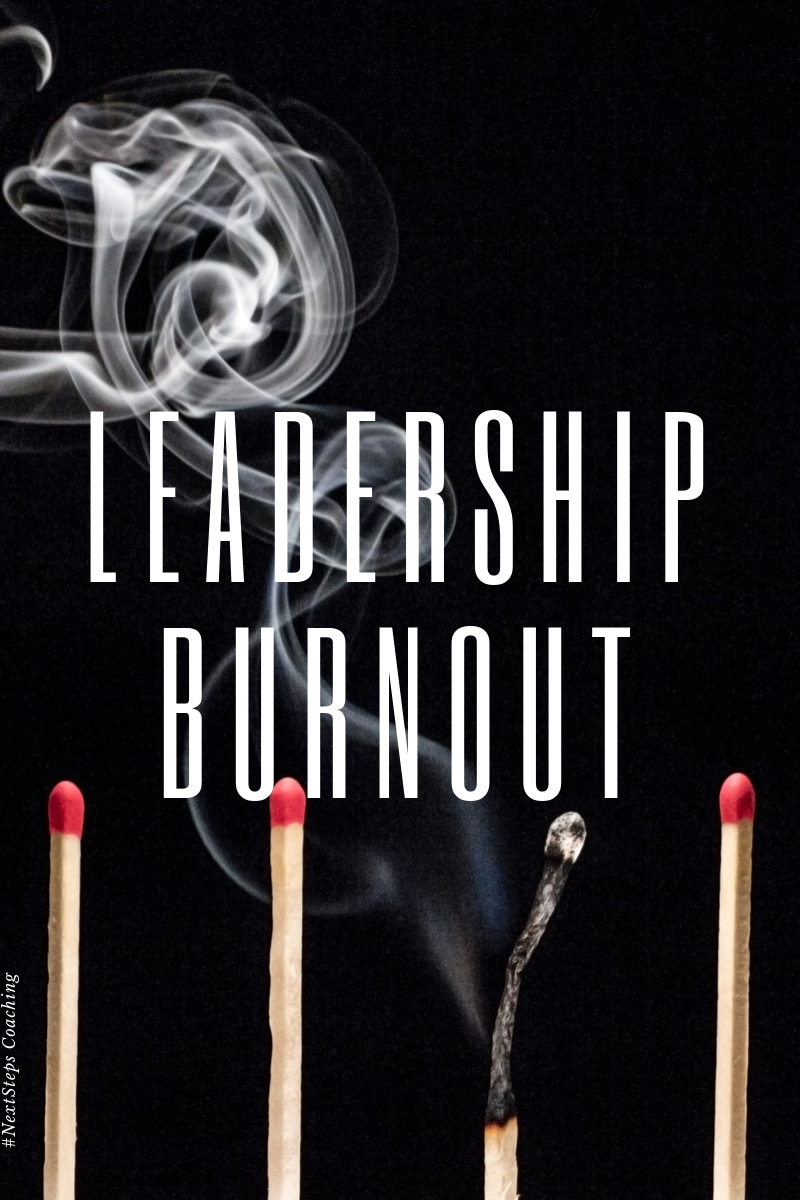
Calling – Leadership Health and Integrity (Part 1)
A Firm Foundation
The journey of healthy and sustainable leadership happens by building a firm foundation.
The bathroom remodel is nearing completion (finally!).
Over the last several months, it has been a series of two steps forward and one step back.
Exciting progress met by a frustrating setback.
The subfloor was installed fairly quickly and easily.
But then, it took three orders of the shower to get one delivered undamaged, followed by three visits of the plumber to get it installed fully.
But after six weeks, we finally had a shower. So we put up the drywall and painted.
Progress, Setback, Repeat.
That, as it turns out, is much like life.
Slow, Steady Growth
Healthy leadership is a series of growth events. Each is the opportunity to take a step forward. Unfortunately, we also experience moments of setback.
For every successful meeting or mentoring moment, we belittle an employee. 
Every time we set healthy boundaries and engage in personal development, we scream at someone in traffic.
For every trip to the park with our kids or a date night with our spouse, there’s the emotional binge eating for temporary relief.
It’s this continual cycle of growth and progression that encapsulates the leader’s life. It’s also the reason that I started intentionally focusing on seven key areas and aspects of healthy leadership.
Over the next couple of weeks on the blog, we are going to be covering each of these seven areas. In each area, we’ll examine the process of opportunity, growth, and reflection.
First up, let’s talk about calling.
Calling – Leadership Health and Integrity (Part 1)
The foundation for all leadership begins in a calling. God has been calling and shaping people since the beginning of time. Abraham, Moses, David, Jesus, and Paul are a few examples. All have unique and personalized call stories that led them to live a life of mission.
There are two levels of calling that need to be identified. First, is a general calling. The second moves from general to specific.
General Calling
The general call focuses first on the development of leadership skills.
For me, it came as a freshman in college. Unhappy with where I was, how I felt, what I was looking forward to, and the classes I was taking, I remember the feeling of being alone, unloved, and unimportant.
I had gone to college because it’s what I was supposed to do. However, I didn’t arrive with any real sense of purpose or direction. Having spent a semester as a science major, the only thing that I was certain of was that I couldn’t spend any more evenings in the lab staring at a microscope.
I entered into a time of dedicated study, prayer, and reflection. I looked at transferring schools, changing majors, and dropping out and getting a job. After weeks of prayer and study, I was renewed with a sense of purpose and direction. I was reminded that I had once been called into leadership positions and that it might be time to explore that calling again.
I began to argue with God about what that might look like. In my brokenness, I also listed the reasons why I was unfit and unqualified for leadership.
I suffered from extreme shyness and public anxiety.
I had a lack of public presence and a huge fear of the unknown.
In a sense of divine irony, I sensed the call to read my Bible. I randomly opened my Bible to the story of Moses in Exodus three and four. My reservations and fears had been calmed when I saw that I raised all the same objections Moses had. I became convinced that God delights in using our weaknesses in unique and exciting ways.
General revelations can happen at any time and force future leaders to have open hearts and minds about how God is calling and shaping them.
Specific Calling
Specific call stories take on a more detailed tone. If a general calling echoes my own idea of, “I’m not sure what this means, but I think I’m called into leadership;” specific call stories can fill in the blanks of to whom and for whom.
Originally for me, this meant youth ministry, but it didn’t take very long as a youth pastor to see that this was not what God intended for me!
Over the last decade, I have continued to define and refine my leadership skills and capabilities.
I now work with leaders, empowering them to get the right things done. My time is spent with success-oriented individuals helping them reach peak performance, accomplish their goals, and transform conflict into opportunity.
Growth Points
Let’s wrap up today’s discussion by providing discussion plans and growth points for the leadership journey.
These questions are designed to help you gain momentum in your journey towards leadership health.
- To whom have I been called to serve?
- What energizes me?
- How do I want to give back?
- What gifts and talents do my closest friends and family see in me?
- Have I experienced a general calling? What did that look like?
- Have I experienced a specific calling? What does that look like?
- Who am I trying to become?
Next week, we are going to begin our look at the four internal aspects of leadership health and continue towards our final destination.







